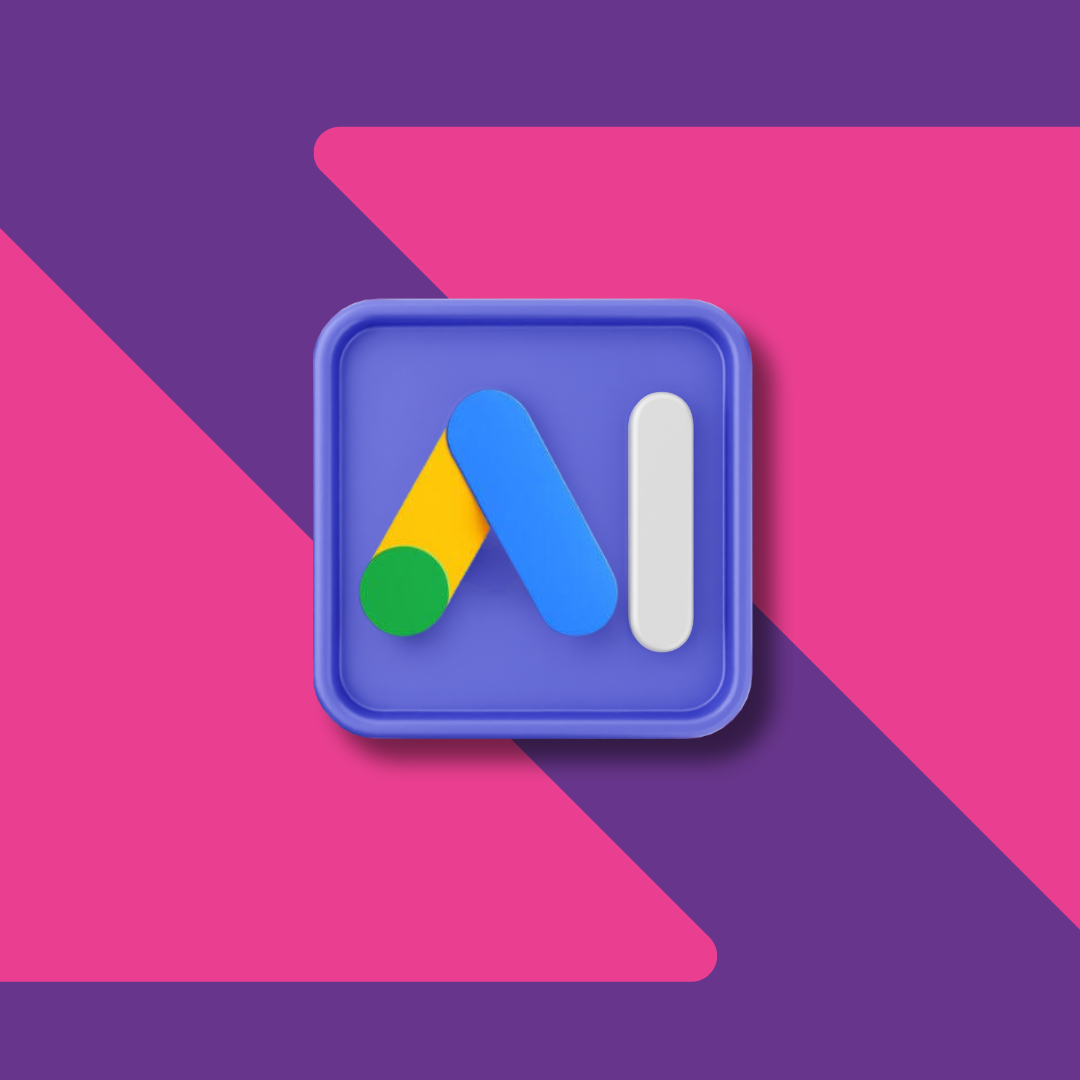“AI is not going to replace search,” affirms Google’s John Mueller at the Search Central Live NYC the other week. Mueller, a senior search analyst, made clear that the foundational aspects of SEO still matter, but experts will need to adapt to ongoing shifts or face falling behind.
One way SEO has evolved is through the recent rollout of Google’s AI Overviews (AI Overviews). In a previous blog, we talked about how this SERP feature can impact search and the rise of zero-click searches.
If you look beyond its all-singing, all-dancing nature, AI Overviews is just another SERP feature. It opens up another opportunity to rank on search, improve organic traffic, and ultimately, bring in leads. So, how do you use AI Overviews to your best advantage? Keep reading to find out.
But first, the stats: AI Overview statistics [2025]
Google’s AI Overview is just shy of celebrating its 1st birthday. It may not be able to walk, but it’s taken some huge steps to change how search works. The latest studies on AI Overviews have reported the following:
- 39% of SERPs had AI Overviews present as of March 2025 (Advanced Web Ranking)
- 52% of sources mentioned in Google’s AI Overview rank in the top 10 results (Surfer SEO)
- 5.4% of AI Overviews contain the exact keyword or query (Surfer SEO)
- 99.2% of the time, informational intent keywords will trigger an AI Overview (Ahrefs)
- 99% of answers fall under 328 words (Surfer SEO)
- AI Overview keywords are long-tail, with a length of four words compared to 2 words in non-AI Overview SERPs (E.g., People Also Ask) (Ahrefs)
- 25% increase in YouTube citations in AI Overview since January 2025 (Search Engine Land)
If there’s one thing you should take away from these stats, it’s that you can still be found on AI Overview even if you rank on page 10. But why limit yourself to just this? With the right approach, you could rank on page one and get featured on AI Overview.
How to rank in AI Overview: 4 tips for better organic reach
Using the research we’ve done with our clients, we also looked at the latest reports (Ahrefs, Surfer SEO and SE Ranking) to understand how to rank on AI Overview. To improve your chances of appearing here, you need to:
1. Improve your technical SEO
Technical SEO is the unsung hero behind great search performance. This practice is about going beyond the surface and finding ways to improve web performance for SEO.
Having solid technical SEO foundations will ensure your website is crawlable and indexable, i.e., you can be found on search. Google’s AI Overview relies on the same crawling and indexing systems as traditional search, so the basics matter. You should focus on the following:
- Crawlability and indexing: Search engine crawlers (‘Googlebots’) search, understand and organise web content so that the most relevant results appear in SERPs. For Google to use your content in an AI Overview, you need to ensure Googlebots aren’t blocked from accessing pages (via robots.txt) and that the page is served with an HTTP 200 status code (which means it isn’t an error page – HTTP 500).
- Page speed: Good Core Web Vitals, like LCP and CLS, are crucial for providing a great user experience (UX) on your website. If your website takes more than a few seconds to load, users will head elsewhere. Google will pick up on this sub-par page experience, leading to a lower search engine ranking as a result.
- Mobile optimisation: Google will use your website’s mobile version instead of desktop as the basis for indexing and ranking, which is no surprise given that 62% of global web traffic comes from mobiles. With mobile-first indexing, your website will work seamlessly on mobile and provide a stellar UX. AI Overview prioritises user experience, so mobile performance is non-negotiable.
You won’t know what’s technically wrong with your website until you audit it. Tools like Screaming Frog and Google Search Console (free) will identify issues like broken links, slow loading times or poor page experiences. If you need help, why not speak to our team? We’ll run a full technical audit and do the fixes for you.
2. Add structured data
One way to help Google is to add schema markup. Also known as structured data, schema markup is a type of code added to your HTML to help search engines understand what your content is about.
As such, structured data improves your chances of being cited on AI Overviews. There are lots of schema types to choose from, such as product schema, article schema and FAQ Page schema.
The most beneficial ones are FAQ and HowTo schemas, as they work best for question-based queries. Using this markup language optimises your content for SERP features, meaning increased relevancy in AI-driven queries.
At the Search Central Live conference, Google confirmed it uses schema markup to help its large language model (LLM), Gemini, understand web content. This LLM powers Google AI Overviews, and with structured data, LLMs can interpret intent and extract answers faster.
As you see, Google’s LLM references multiple sources in an AI Overview. When citing content, LLMs will choose sources with unique information and high user engagement. How a user interacts with your website, such as the number of clicks or length of dwell time, will also influence what AI shows. Basically, if you keep users on for longer, it’s a win.
For a detailed overview of how AI Overviews works, we recommend reading Rich Sanger’s learnings from Google’s Patent.
3. Write helpful content
Google is all about ‘helpful, reliable, people-first content.’ AI Overview is no different. To write people-first content, you need to:
- Provide direct answers: AI Overviews generate quick, concise information, so content that cuts the fluff improves your chances of getting picked. Our advice is to write the bottom line up front (BLUF), where you provide the answer up front. We’ve also trialled using ‘Yes’ or ‘No’ at the start of answers, which are working so far.
- Remember to E-E-A-T: The quality rater guidelines – Experience, Expertise, Authoritativeness and Trustworthiness – still rule. Pages with author bios, links to credible sources and regularly updated content rank higher. Improving your website’s E-E-A-T will signal to Google that your content is reliable, relevant and accurate, meaning AI Overview will rely on you as an authoritative source.
- Match the user intent: You need to ensure your content aligns with what the users want. In most cases, informational queries trigger AI-generated summaries, so you should ensure your content answers the questions your audience is asking. This is where using HowTo and FAQ schema markup will help Google pick up your content when generating AI Overviews.
To determine whether you’re producing people-first content, take Google’s self-assessment on content quality. These questions will help you determine whether the content you write is helpful and reliable.
4. Use more multimedia
Google’s AI Overview pulls in video content, images, GIFs, and infographics to answer queries. Rich media like this gives users other ways to interact with your content. For example, a guide on how to wrap a burrito would benefit from a video detailing each specific step.

Also, this media gives AI Overviews quick, digestible information that can easily match user intent. Since January 2025, YouTube citations in search have jumped by 25%, which commonly appear in AI overviews for queries on product information or comparisons. It’s clear: Google’s AI Overview has made video a major player in search.
For multimedia to rank, you need to consider these SEO tips:
- Optimise images with descriptive alt text to allow both search engines and users with screen readers to understand your content.
- Add ‘VideoObject’ schema and transcripts so Google can extract information from your video.
- Test visuals in Google’s Rich Results Tool to ensure they’re crawlable.
- Use real images and videos of your teams, products or services instead of relying on stock images (these are less likely to appear in SERPs.)
- Start creating video content on other platforms like TikTok, which is starting to appear more in SERPs.
Key takeaways
- Google’s AI Overview is a significant search feature, often appearing above standard search results.
- With nearly half of its sources pulled from beyond the first page, AI Overview provides visibility even without top-page rankings.
- Technical SEO remains crucial – ensure your website is crawlable, indexable, fast and mobile-friendly.
- Using structured data (schema markup), especially FAQ and HowTo schemas, helps Google understand your content.
- Creating helpful, people-first content with direct answers and strong E-E-A-T is essential.
- Incorporating multimedia (images and videos) and optimising them for search improves your chances of appearing in AI Overviews.
More SEO resources:
- Is Google’s AI Overview hurting your search traffic?
- You are what you E-E-A-T: An Introduction (Part 1)
- You are what you E-E-A-T: Experience and expertise (Part 2)
- You are what you E-E-A-T: Authority & trustworthiness (Part 3)
- Sit down with SEO specialist: Darren Lennox
- 5 common website copy mistakes to avoid
Need help with your SEO? Let’s talk
Trio is a performance marketing agency specialising in all aspects of SEO. From technical site audits to people-first SEO content, our experts know what it takes to generate long-term results.



